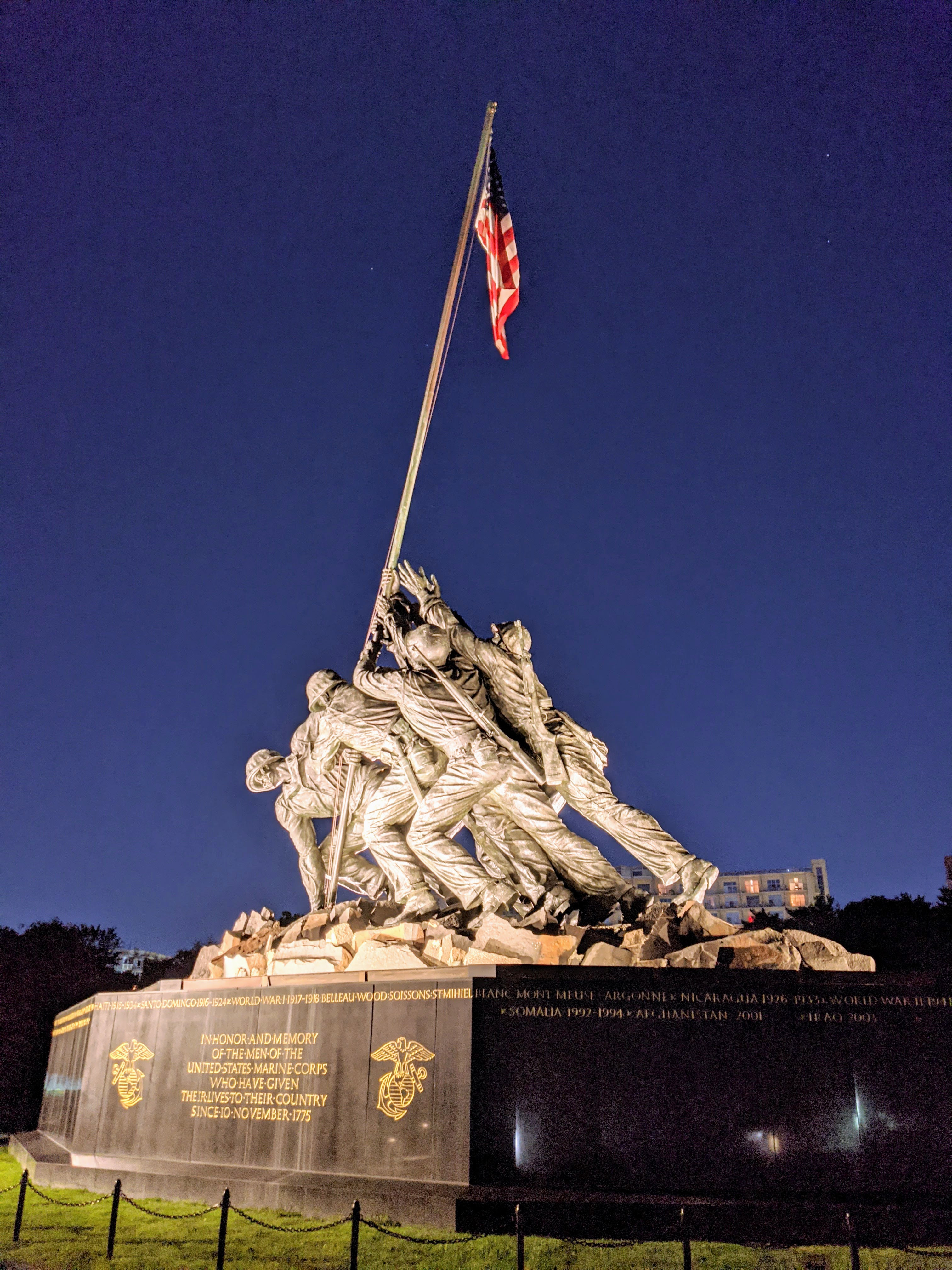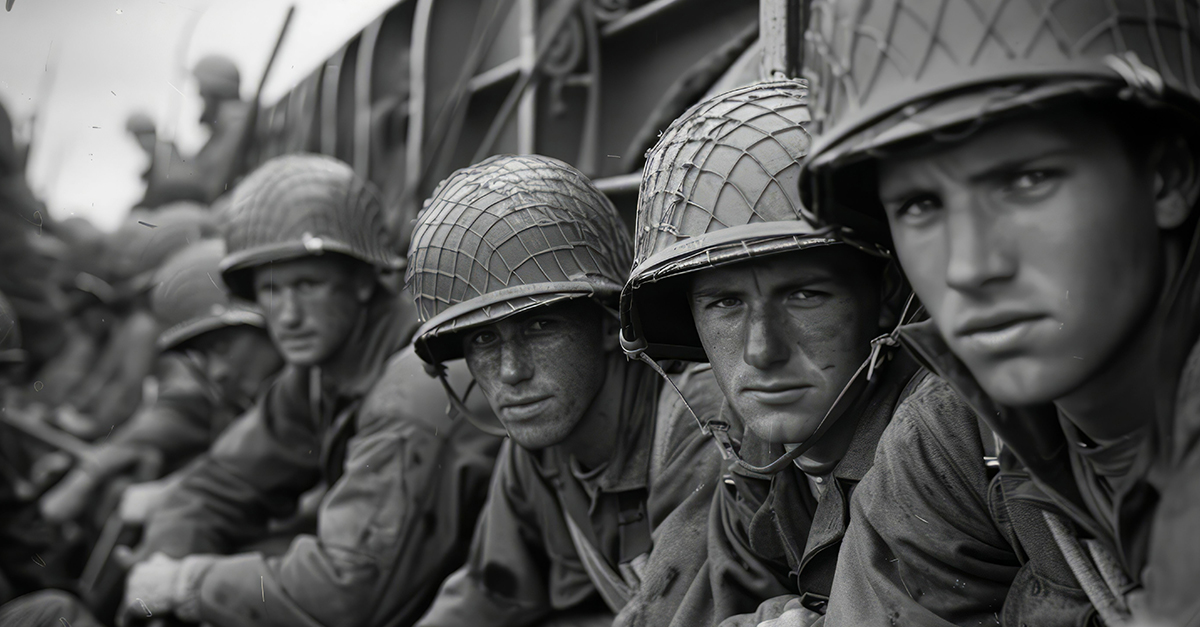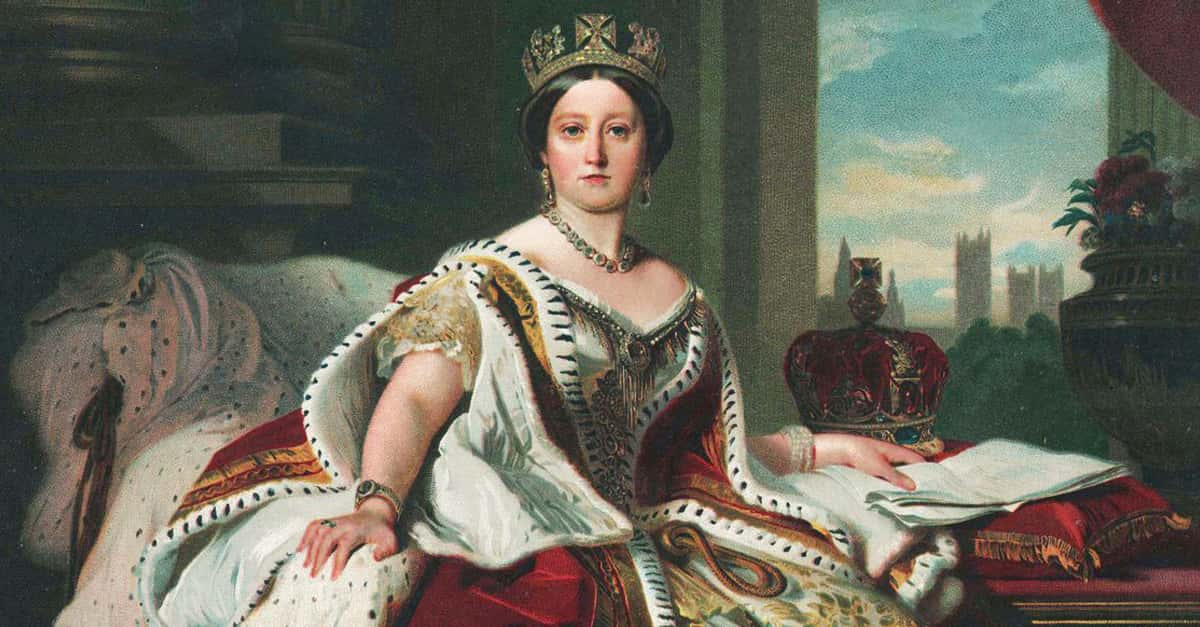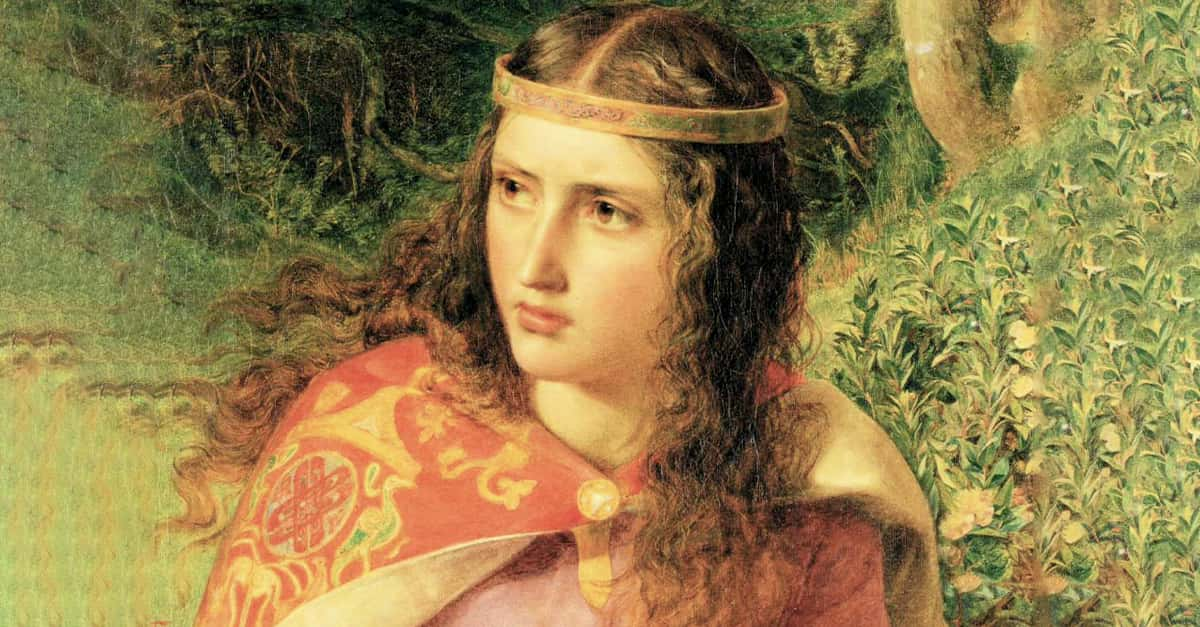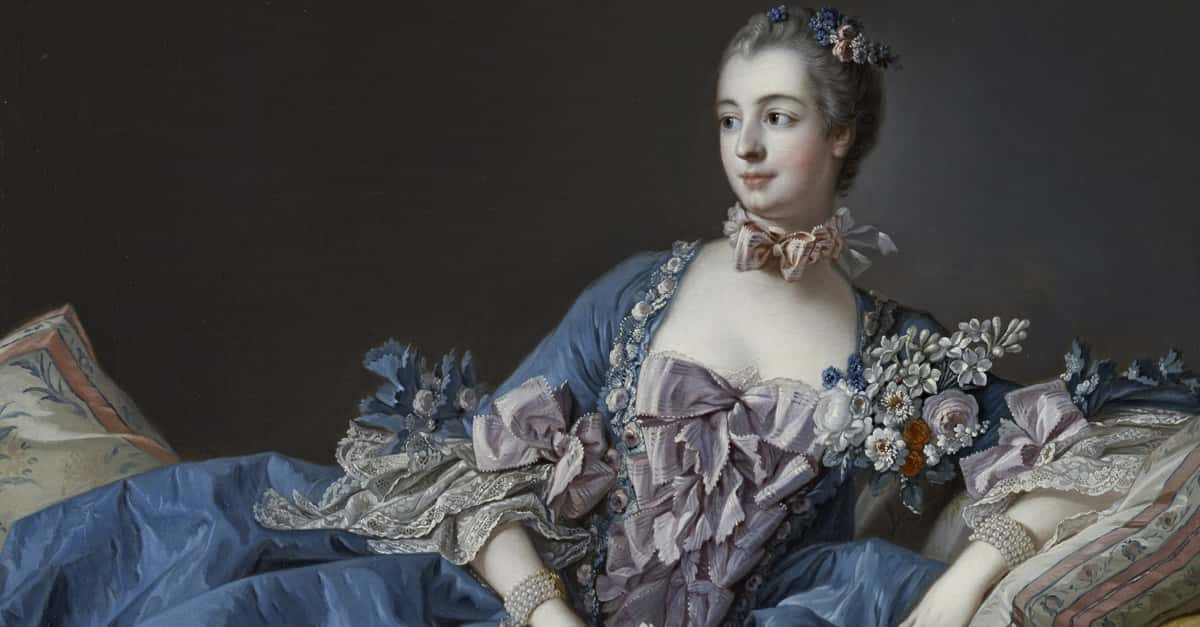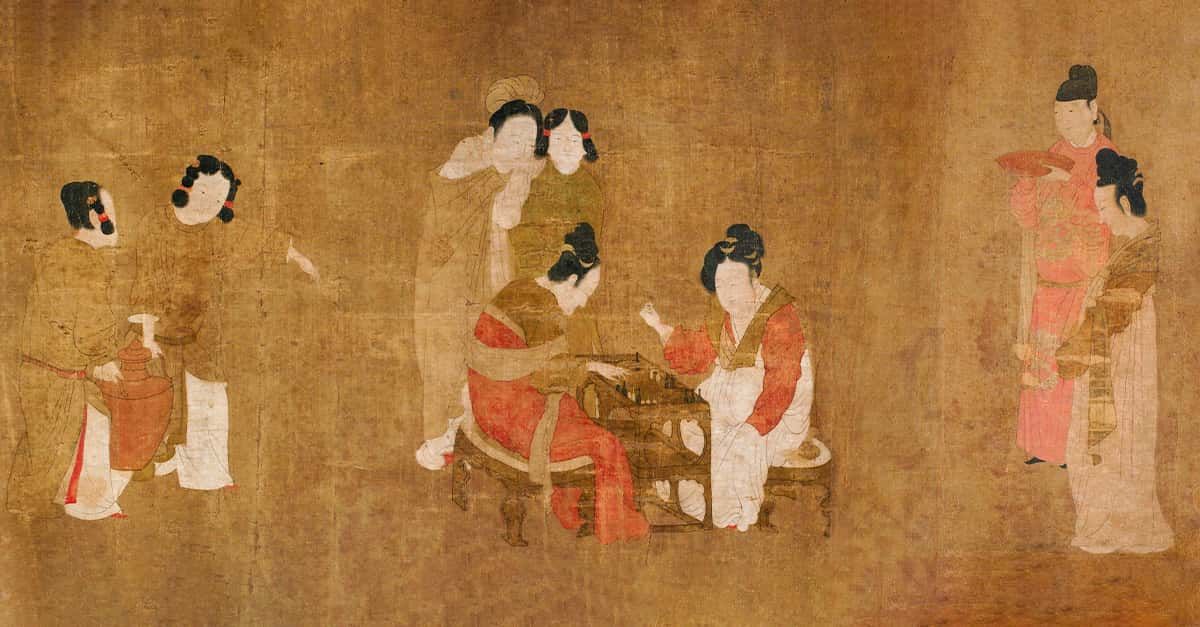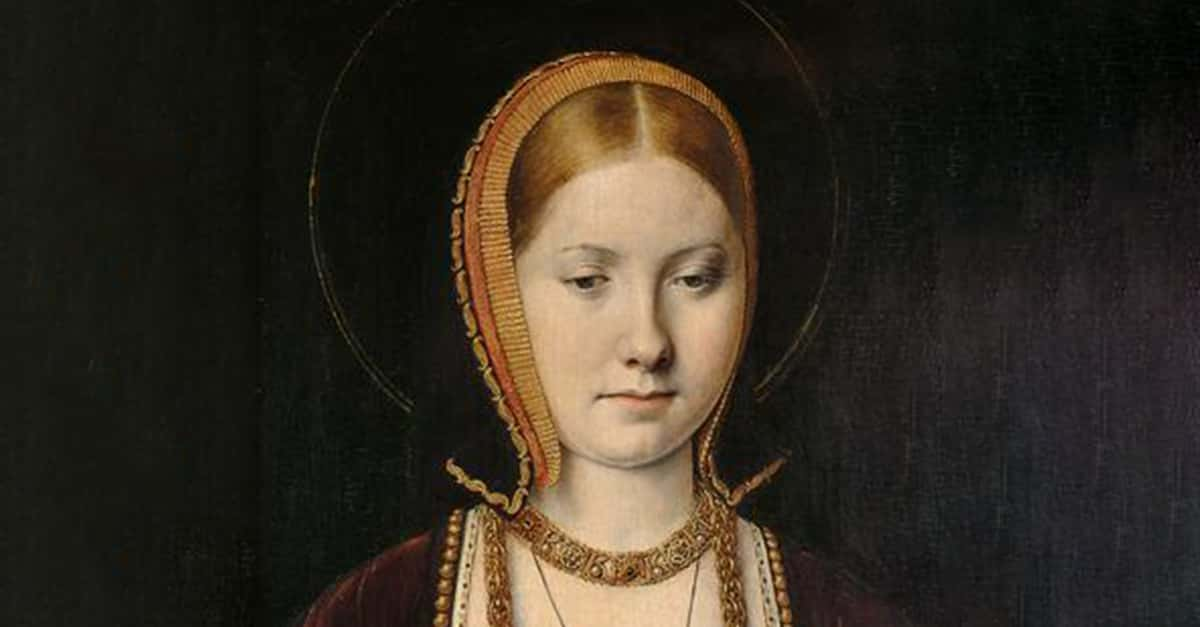On February 23, 1945, Associated Press photographer Joe Rosenthal captured one of the most enduring images of WWII: six men raising the American flag atop Mount Suribachi during the Battle of Iwo Jima. The photograph quickly became a symbol of American valor and sacrifice. But for decades, the identities of the men in the photo were shrouded in confusion.
A National Symbol Born In A Flash
The photo shows six servicemen—five Marines and one Navy corpsman—working together to raise a large American flag on a makeshift pole. Taken during the Battle of Iwo Jima where over 6,800 Americans lost their lives, the photo appeared in newspapers across the country. It inspired war bond drives, boosted morale, and eventually served as the model for the Marine Corps War Memorial in Arlington, Virginia.
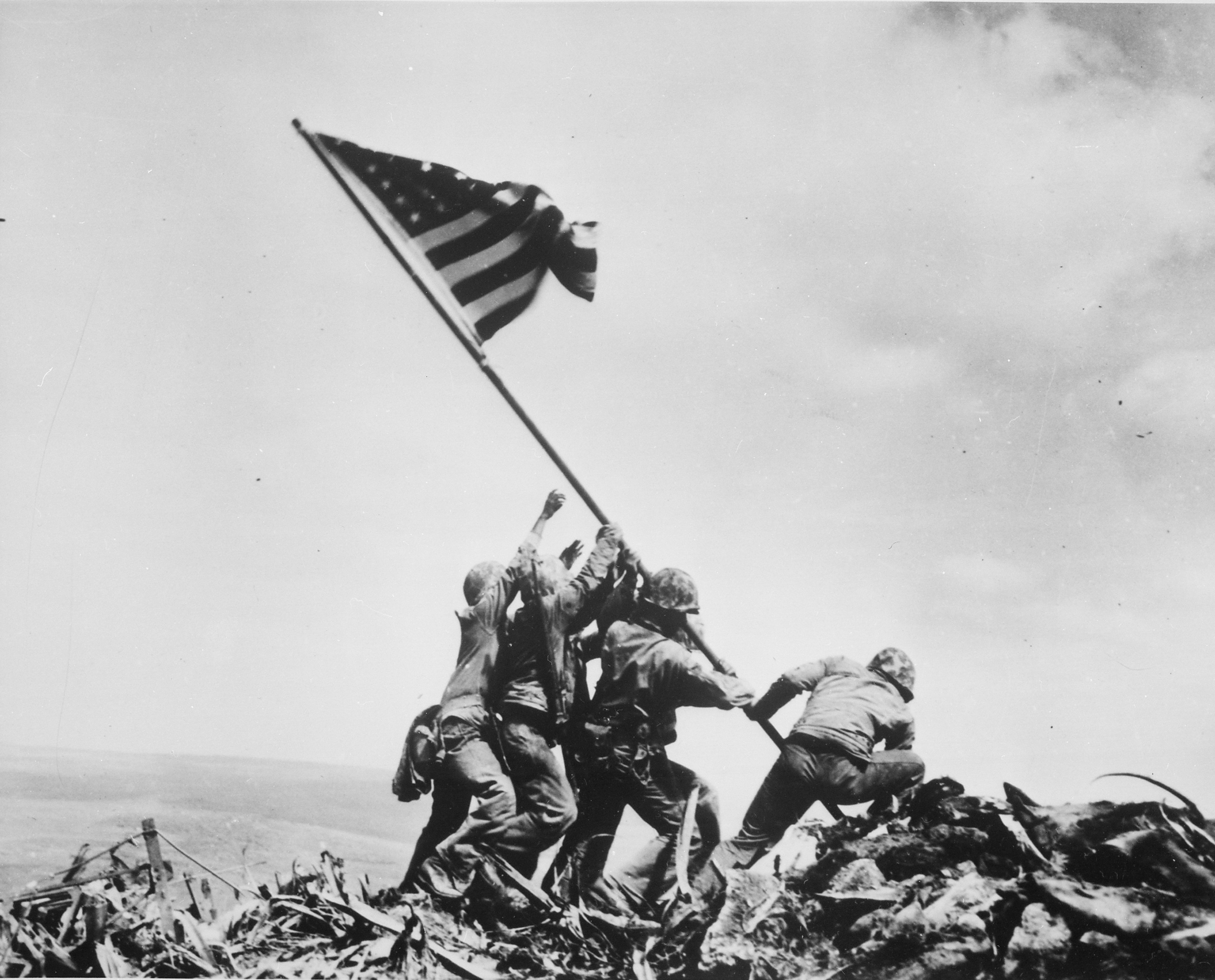 Joe Rosenthal, Wikimedia Commons
Joe Rosenthal, Wikimedia Commons
The First Official Identifications
Soon after the photo's publication, the Marines sought to identify the men in the picture. Based on eyewitness accounts and statements from survivors, the original names released to the public were Sgt. Michael Strank, Cpl. Harlon Block, Pfc. Franklin Sousley, Pfc. Ira Hayes, Pfc. Rene Gagnon, and Pharmacist’s Mate John Bradley. Of these six, three—Strank, Block, and Sousley—fell in combat within days of the flag raising.
The Survivors Became Symbols
The surviving three men—Bradley, Gagnon, and Hayes—were brought back to the US to help promote war bond drives. They toured the country as national heroes, appearing at public events and in parades. Their faces were forever linked to one of the most iconic moments in American history. But the truth was more complicated than anyone realized at the time.
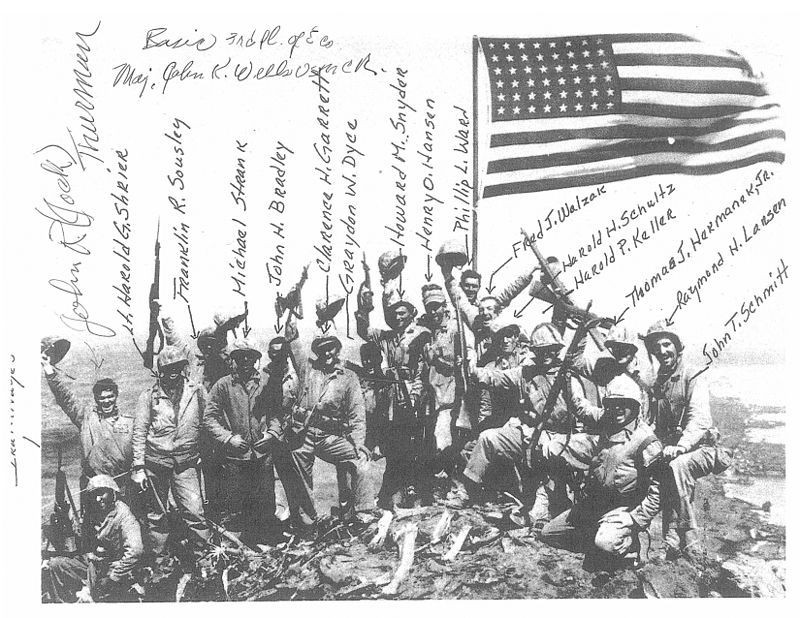 Joe Rosenthal, Wikimedia Commons
Joe Rosenthal, Wikimedia Commons
Ira Hayes’s Doubts And Private Protests
Of the three survivors, Pfc. Ira Hayes, a Pima Native American, expressed early doubts about the identifications. He insisted that his close friend, Cpl. Harlon Block, not Sgt. Henry Hansen as first claimed, was in the photograph. Hayes privately told Block’s mother the truth and later signed an affidavit. His protests were largely ignored until 1947, when the Marine Corps officially acknowledged Block’s role and corrected the mistake.
John Bradley’s Role Questioned
For many years, Navy corpsman John Bradley was believed to be in the photo. He rarely spoke about it, but his son, James Bradley later wrote the best-selling book Flags of Our Fathers (2000), which solidified public belief in his father's involvement. But discrepancies between the gear in the photo and Bradley’s equipment raised questions, particularly in the 2010s when better photo analysis tools became available.
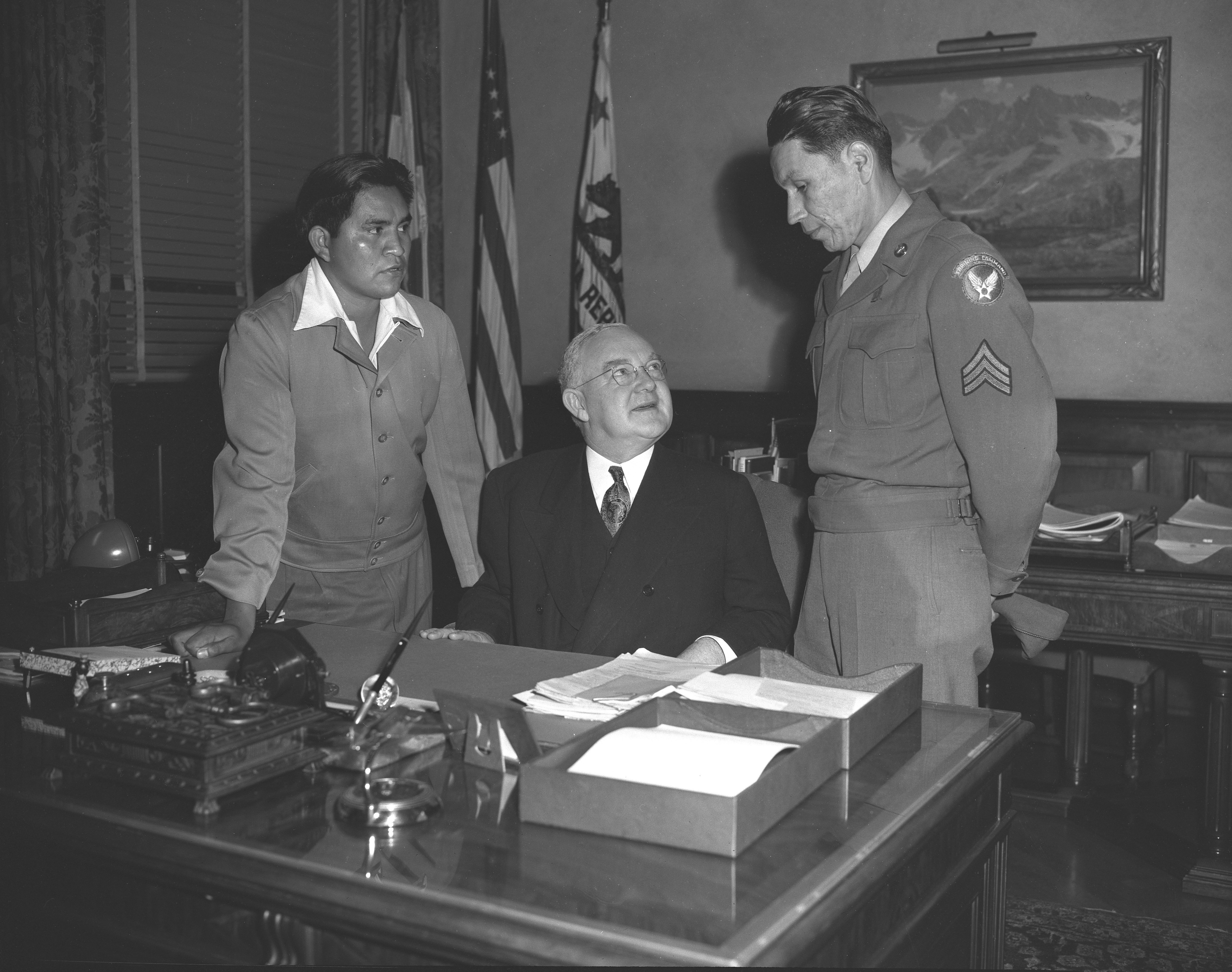 Los Angeles Times, Wikimedia Commons
Los Angeles Times, Wikimedia Commons
The 2016 Revelation: Bradley Was Not In The Photo
In 2016, after a detailed investigation prompted by amateur historians and forensic analysts, the Marine Corps announced that John Bradley was not one of the men raising the second flag. The individual previously believed to be Bradley was in fact Cpl. Harold "Pie" Keller, a Marine from Iowa. The decision was based on in-depth analysis of photographs and film footage taken that day, comparing uniforms, gear placement, and facial features.
Further Corrections In 2019
Just three years later, in 2019, another major correction was made. The Marine Corps announced that Pfc. Rene Gagnon, long thought to be one of the flag raisers, was not in the famous image. He had helped carry the flagpole but was not among the six men lifting it. The sixth man was now correctly identified as Cpl. Harold Schultz, a quiet Marine who never publicly claimed any fame and whose role came to light only after he passed on.
The Final Confirmed List Of Flag Raisers
As of 2019, the six men confirmed to be in the photograph are: Sgt. Michael Strank, Cpl. Harlon Block, Pfc. Franklin Sousley, Pfc. Ira Hayes, Cpl. Harold "Pie" Keller, and Cpl. Harold Schultz. Only Hayes survived the war and publicly acknowledged his involvement before his tragic passing in 1955. The others either fell in combat or never sought attention for their participation.
Why The Mistakes Happened
The initial misidentifications were not due to negligence or malice but rather the chaos of war. The flag raising was the second of two flag raisings that day, and many Marines confused the events. Additionally, some participants were quickly lost in action, and survivors’ memories were imperfect. The need to quickly name and honor the flag raisers during wartime also contributed to hasty decisions.

History's most fascinating stories and darkest secrets, delivered to your inbox daily.
Honoring The True Heroes
The photo from Iwo Jima will always represent courage, sacrifice, and unity. The long process of correctly identifying the men in that image reflects a deep commitment to historical accuracy and the individuals behind the symbolism. The Marines at Iwo Jima, whether they were present at the flag raising or not, carried the burden of war and their place in history with enduring dignity.
You May Also Like:
Myth-Busting Facts About Common Misconceptions


